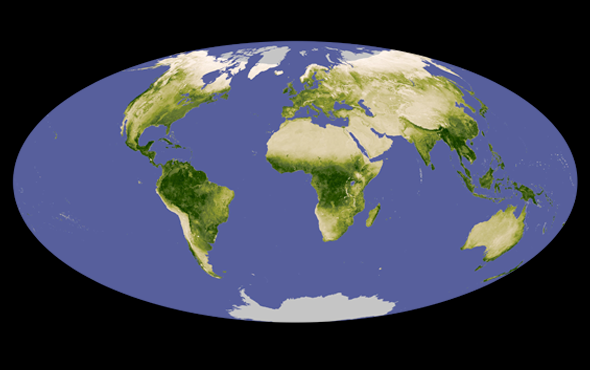The beginnings of agriculture in Turkey, the bitter origins of watermelon, a giant deep-sea isopod found in Mexico and more in this month’s Quick Hits

BULGARIA
Scientists determined that two teeth, left uncatalogued in a museum for decades, belong to a long-extinct European panda. The beast likely lived in a swampy forest, a radically different habitat from that of its bamboo-eating modern cousins, and had a more diverse diet.
KENYA
The worst drought in 40 years killed 179 elephants—20 times more than poachers did in the past year—making climate change the bigger threat to the animals.
LIBYA
Genome sequencing of 6,000-year-old seeds from a watermelon relative suggests the fruit was prized for these nutritious seeds, not for its flesh—which was bitter, unlike today’s refreshingly sweet varieties.
MEXICO
A new species of giant deep-sea isopod—a cousin to the common pill bug but more than 10 inches long—was found hiding in plain sight. Originally captured off the Yucatán Peninsula, it was confused with other isopods in an aquarium until genome sequencing revealed it was something new.
Tanzania
Social media is coming to the heights of Mount Kilimanjaro with the the installation of high-speed fiber-optic Wi-Fi. Although the new system could make it easier for climbers to post selfies or call for help, people living in the mountain’s shadow will not have expanded coverage.
TURKEY
Skeletal DNA from more than 700 people who lived in Anatolia 10,000 years ago suggests that agriculture developed as different migrating populations intermingled, rather than solely from local hunter-gatherers switching to farming. These migrations may also have brought Indo-European languages to the region.
This article was originally published with the title “Quick Hits” in Scientific American 327, 5, 24 (November 2022)
doi:10.1038/scientificamerican1122-24a
